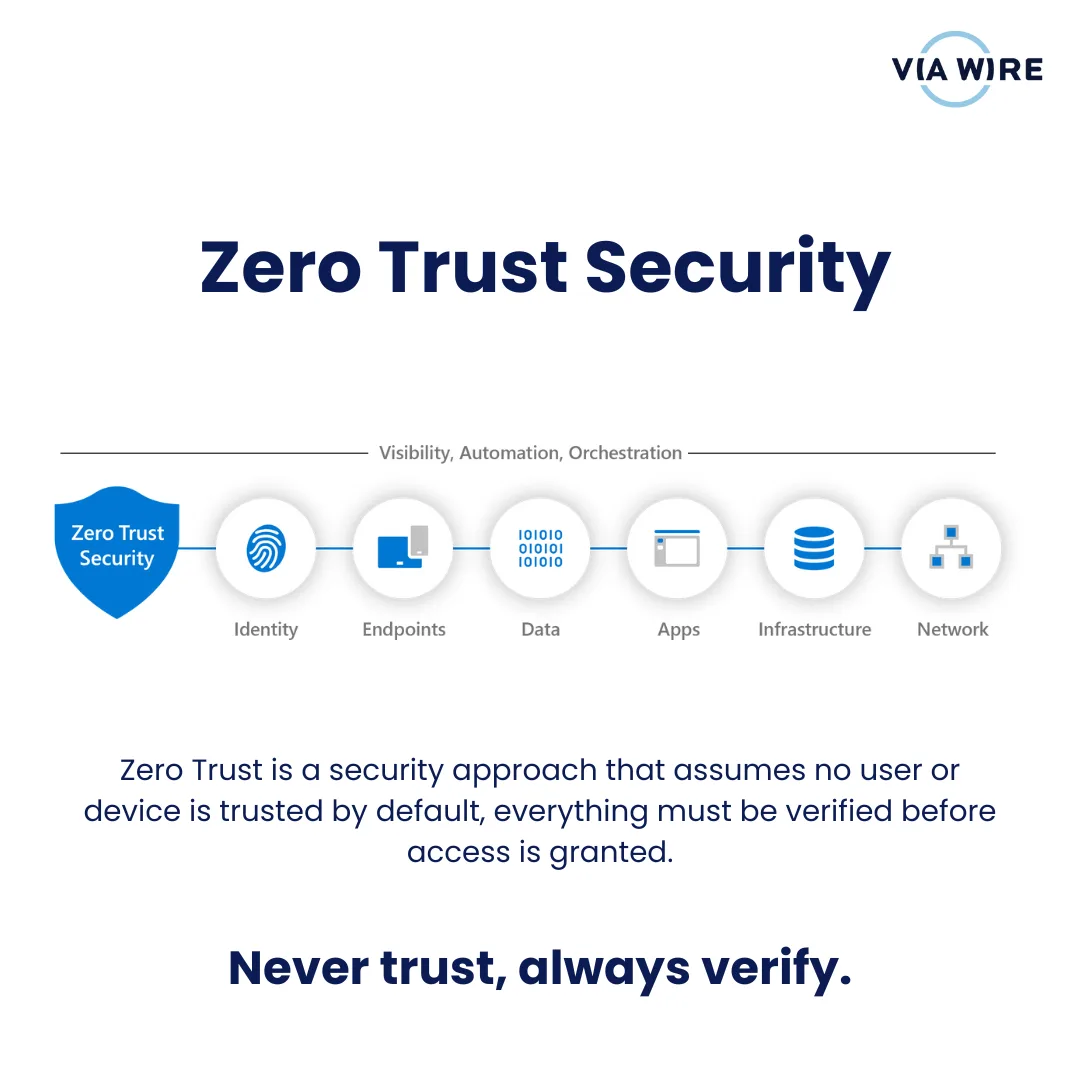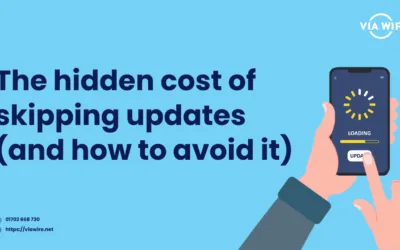Zero Trust isn’t just a buzzword — it’s a mindset shift. At its heart are five principles that work together to keep your business safe. Whether you’re running a small team in Essex or managing remote staff across the UK, these pillars apply to every business.
1. Verify Explicitly
Always authenticate and authorise users and devices before granting access. This means multi-factor authentication (MFA), device checks, and location validation.
Example: John from finance shouldn’t be able to access company files just because he’s on the WiFi. He should prove who he is — every time.
2. Use Least Privilege Access
Give people only the access they need — and nothing more.
If someone only needs view-only access to customer data, don’t give them editing rights. This limits damage if an account is compromised.
3. Assume Breach
Design your security as if an attacker is already inside.
That means segmentation, monitoring, and instant alerts when suspicious behaviour occurs.
4. Continuous Monitoring
Access isn’t a one-time check. Monitor activity in real time to detect threats before they escalate.
Tools like Microsoft Defender and Sentinel help spot anomalies and flag them early.
5. Secure All Endpoints
From mobile phones to laptops, every device should meet your security standards.
A single unsecured smartphone can expose your entire business to risk.
Pulling It All Together
Zero Trust works best when these principles are applied together. The good news? Microsoft 365 already includes many of the tools needed to start.
Need help applying these principles to your Microsoft setup? Book a 10-minute call and we’ll show you how.




0 Comments